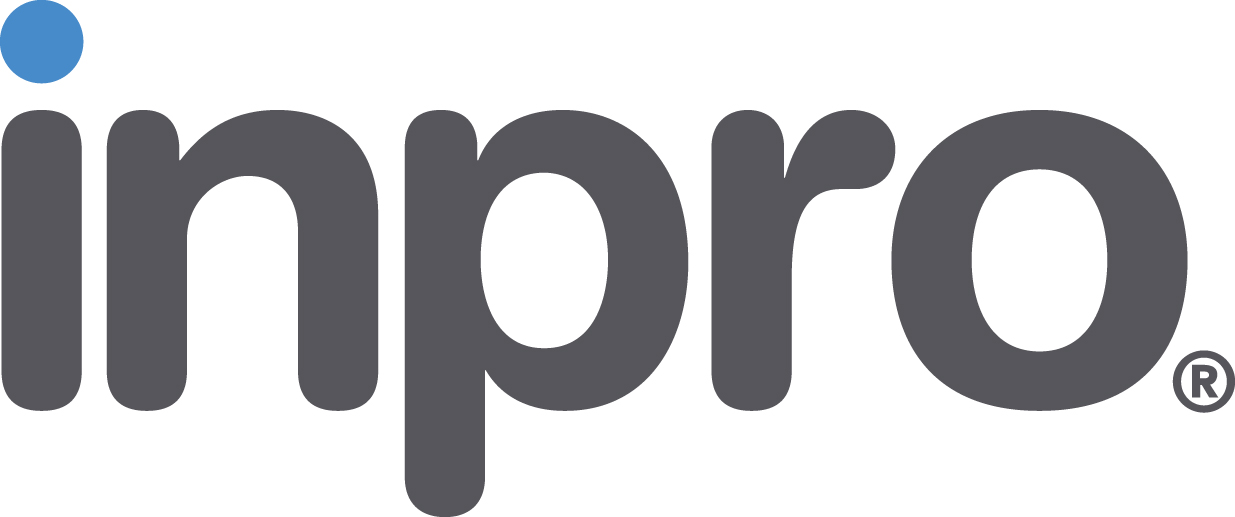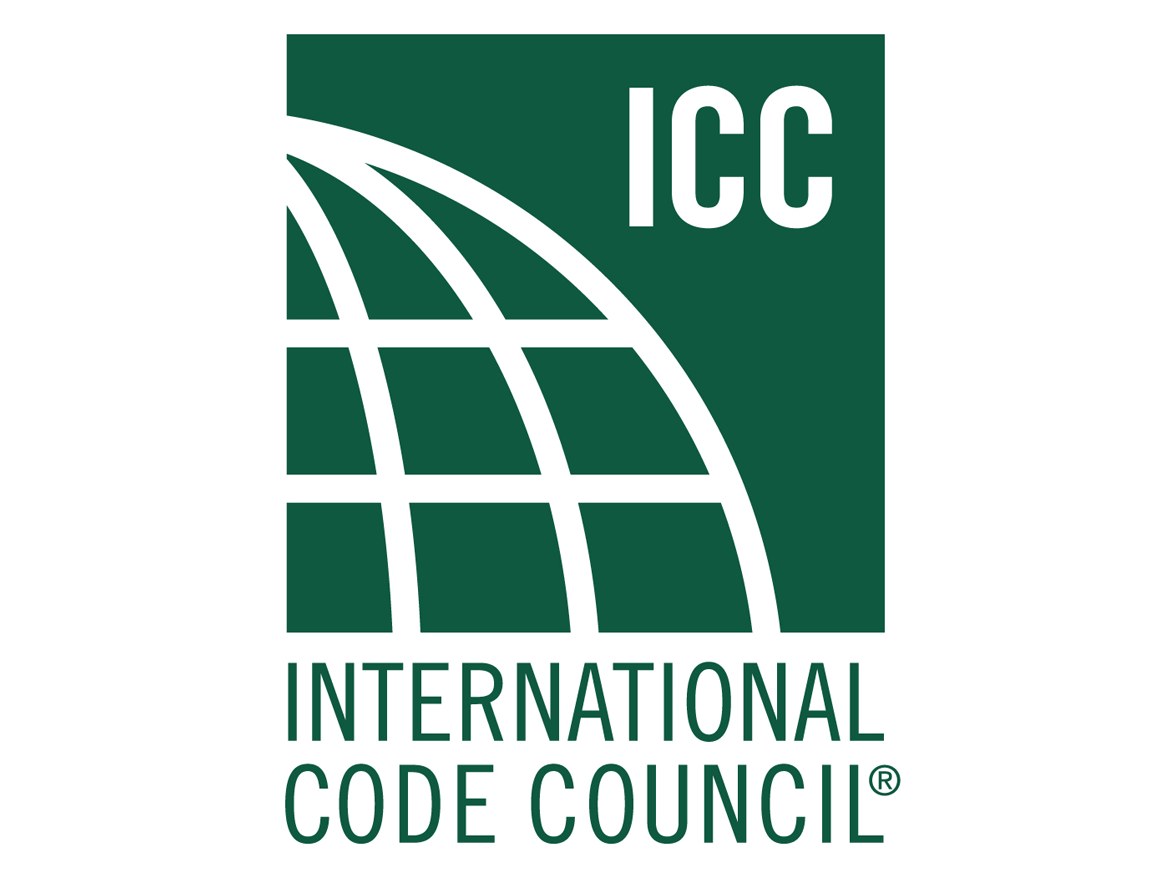Navigating Compliance with ADA Signage
Understanding risks, standards, and innovations
Sponsored by Inpro | Presented by Estevan Garza
Webinar On-Demand
The Americans with Disabilities Act (ADA) turned 30 years old in 2020. Originally passed in 1990, the major revision to the Standards for Accessible Design (SAD) in 2010 gave the law more teeth – compliance is now required and enforceable on the federal level.
Since the ADA views visual impairments as a disability covered under the Act, there are specific guidelines pertaining to signage products. The two categories covered under interior signage are Wall Mounted, Ceiling Mounted or Projected. Within the Wall Mounted category, Identification of permanent room signs, Directional signs, and Informational signs are covered. Within the Ceiling or Projected Mounted category, Directional and Information signs are covered.

Photo courtesy of Kathy Castañon, Lines & Light Studio
 |
Estevan Garza was born and raised in Michigan before studying at the Illinois Institute of Art in Chicago where he earned his Bachelor’s Degree. His passion for design and innovation lead to his transition into Product Management where he works collectively with the Sales, Manufacturing and Design teams to support Inpro's product portfolio and bring exciting new products to the commercial market for the past 9 years. Estevan is inspired daily by his wife and two young children. They enjoy watching movies together, traveling, and spending quality time in Wisconsin’s great outdoors. |
Founded in 1979, Inpro® is a global provider of high-performance, design-forward architectural products for building professionals. Inpro's product categories include door + wall protection, washroom systems, expansion joint systems, cubicle curtain + privacy systems, elevator interiors, architectural signage, and commercial window treatments.
Originally published in Architectural Record
Originally published in October 2024
LEARNING OBJECTIVES
- Obtain a better understanding of the Americans with Disabilities Act (ADA).
- Review ADA guidelines in terms of architectural signage.
- Explain the litigation risks to building owners for non-compliance.
- Recognize the 2010 SAD Standards and enforcement process.
- Identify the latest ADA signage material and manufacturing processes.











